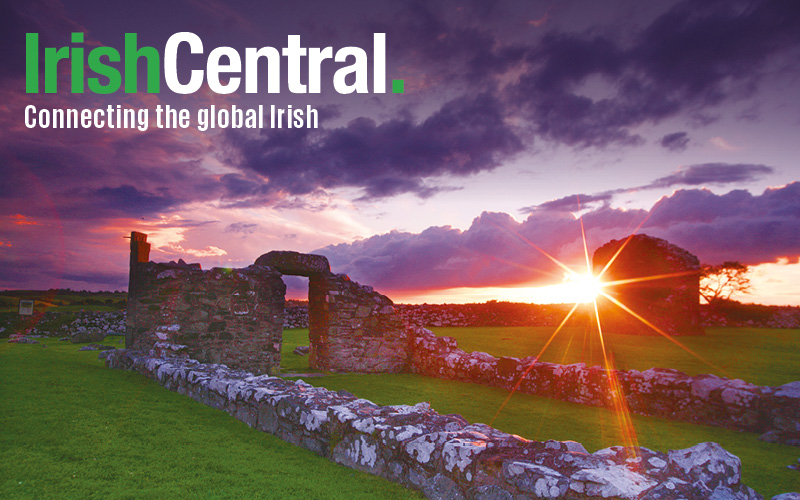It has been calculated that 210,000 Irishmen served in the British forces during World War I, with 140,000 volunteering to fight. In all 35,000 Irishmen died.
The Irish enlisted in the war for various reasons including to fight for the justice of the cause. However, Ireland during 1914 was deeply divided between nationalist and unionist political groups and more local considerations played a role in signing up.
Among those who signed up was Tom Barry, who later became an IRA commander. He enlisted in the British army in June 1915 “to see what war was like, to get a gun, to see new countries and to feel like a grown man” according to the BBC.
For other Irishmen who signed up money was the major motive. James Connolly, the revolutionary, said Irishmen had no choice but to sign up with employment prospects so bleak in Ireland at the time.
Others such as Francis Legwidge, poet, nationalist and trade unionist, signed up in response to an unhappy love affair.
The social range of Irish soldiers amongst the ranks was clear. There was the 10th Division who landed at Suvla Bay, in Gallipoli in August 1915. They were made up of the 7th Royal Dublin Fusiliers, including “D” company, who were nicknamed “The Footballers”. Among them were a lot of rugby-playing professional men and a professor of law from Dublin University.
Another battalion was made up of Dublin Dockers many of whom were followers of the radical trade unionist James Larkin. The poet Ledwidge served with this battalion. After one battle he wrote “It was a horrible and a great day. I would not have missed it for worlds.”
Two other divisions served in France. Both were part of the bloody Battle of the Somme.
The 36th Ulster Division went over the top on the first day, July 1. From a total of 15,000 men they lost 5,500 over two days.
The 15th Irish Division also saw serious action in September 1916 during the Somme campaign. Up the line, in Belgium, the 16th and 36th Divisions fought side by side at the Battle of Messines. During this battle Willie the brother of Irish nationalist politician John Redmond died. Willie had signed up even though he was over 50-years-old. He wrote “I can't stand asking fellows to go and not offer myself”.
John Redmond had called the war one of “Ireland’s highest interest” to have a “speedy and overwhelming victory of England and the Allies”. He described “a distinctively Irish army, composed of Irishmen, led by Irishmen and trained at home in Ireland”.
During the war he said “the achievements of that Irish army have covered Ireland with glory before the world'.
However, due to the fact that the 1916 Easter Rising had taken place during the war, for the most part, these Irish heroes have been forgotten in history.
Tom Kettle, a nationalist politician, killed on the Somme predicted “These men [the 1916 leaders] will go down in history as heroes and martyrs; and I will go down - if I go down at all - as a bloody British officer.”
Many of those Irishmen who served in the British army returned to their nationalist neighborhoods greeted with ‘begrudgery’ and even hostility.
In July 1919, 4,000 people attended an event at Celtic Park in Belfast. It was reported as a “notable demonstration of the part played by Belfast nationalists" in the war.
Joe Devlin, a west Belfast politician, said their fallen comrades had "died not as cowards died, but as soldiers of freedom, with their faces toward the fire, and in the belief that their life-blood was poured out in defense of liberty for the world.“
Rare footage of Irish soldiers in the First World War:




Comments